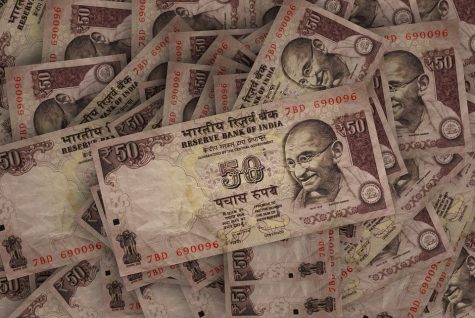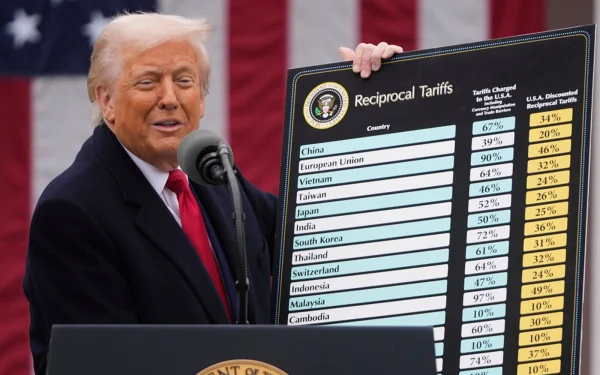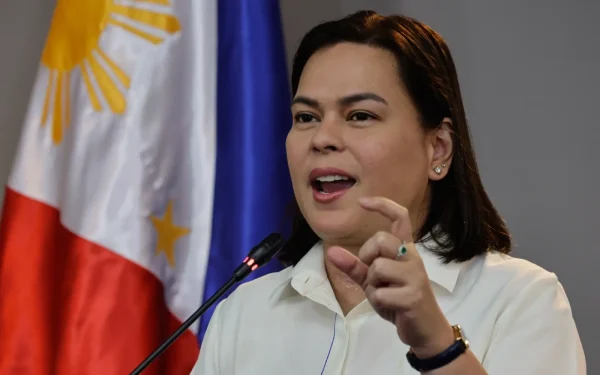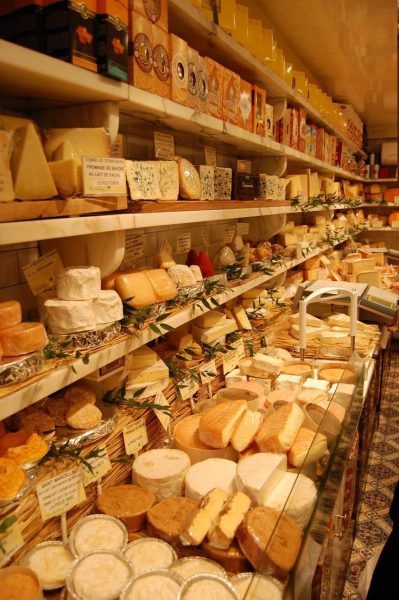India’s Currency Crisis

500 and 1,000 rupee notes are demonetized.
What would happen if all the 50 and 100 dollar bills were all of a sudden invalid? That is exactly what happened in India after the day of the U.S. election. On November 8th at precisely midnight, Indian Prime Minister Narendra Modi declared all 500 and 1,000 rupee notes demonetized. That is over 23 billion notes, and 80 percent of the whole country’s cash.
Millions of Indians lined up at banks the day after in order to exchange their rupees for smaller bills. Prime Minister Modi made this big gamble because he wanted to take steps to diminish “black money”—which is cash from illicit funds and tax evasion—but since 90 percent of India’s transactions are dealt in cash, this has caused a huge disruption for the citizens of India. According to National Public Radio (NPR), a woman identified as Soma had her whole family going to banks everyday to exchange their rupee notes in time for her daughter’s wedding. The wedding cost 300,000 rupees, but banks are only issuing 4,000 rupees, some $60 per customer.
One week after the announcement, citizens were frustrated and angry, people had to wait for hours in line, and there were even reports of people smashing ATMs and engaging in small scuffles. India has had a problem with black money for some time, but this drastic change had more negative effects than positive. Indians knew that the government was trying to get rid of black money, but they thought it would happen slowly over time. The Indian government only gave citizens about a month and a half to exchange all their money. Because of this sudden change, about 14 trillion rupee notes had been returned to the bank, but only 4 trillion rupees were given out, creating a huge cash vacuum. The rupee also dropped to a record low a day after the announcement, 68.86 to the U.S. dollar.
Prime Minister Modi stated, “My effort is to take the banking system to normalcy as fast as possible in the new year. I have asked all concerned officers in government to focus their attention to this task.”
However, the impacts of the currency change were far greater than what the officials had predicted. The majority of Indians do not have bank accounts and rely on getting paid by cash, because of the currency change, their incomes dropped drastically. Not only were the citizens affected, even some tourists were left wondering what to do without enough cash. A few tourists even performed in the streets to get money from people walking by. The government issued out improved 500 and 2,000 rupee notes but people had a hard time using them because small shop owners did not have enough change. The notes are also narrower so they are not accepted into the ATMs, and the government will have to slowly upgrade all the ATMs. The currency exchange has done what it has promised; according to the Finance Ministry, India saw a 12.01 percent rise in the net collection of direct tax, a net growth of 24.6 percent in personal income tax collections, and a 14.4 percent rise in an advance collection compared to the corresponding period last year.
India’s electronic usage of money has gone up, people resorting to credit and debit cards, but hundreds and hundreds of Indians do not have any access to electronic money. To encourage use of electronic money, Prime Minister Modi declared a lottery that started on Christmas Day and will continue into spring. To enter, citizens must enroll in the new system and obtain an ID number. The government will pull 15,000 numbers from the pool and there would be larger draws each week, which vary from $73 to $1,472, and a final set of six draws next spring for between $17,000 and $1.5 million. The government hopes that this will help India to move on from being so cash dependent and move India into new era of economic boom.
India has a huge economy, even bigger than China’s. It is expected in just a decade that sixty-nine of its cities will have 1 million people inhabiting it and India’s consuming class will have tripled in size. With the economic growth in India, the world will have to see if Modi’s gamble was truly worth it.





